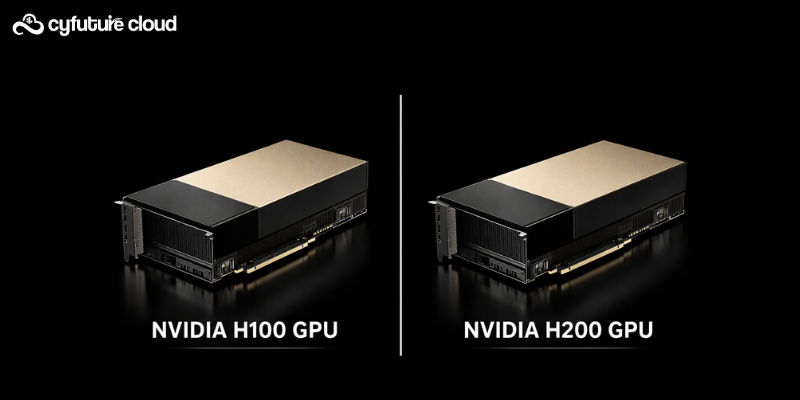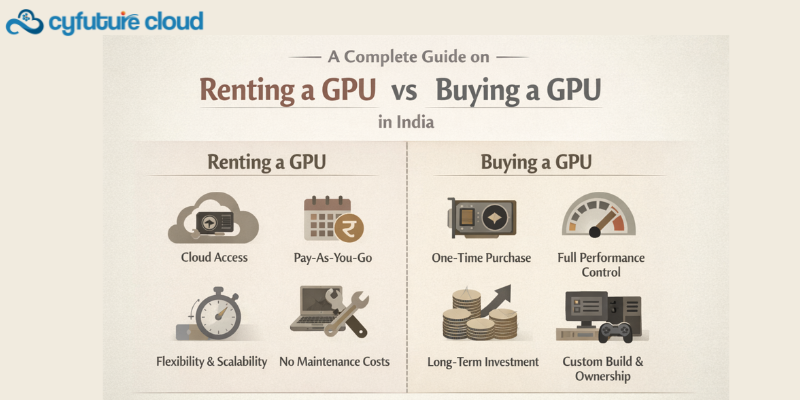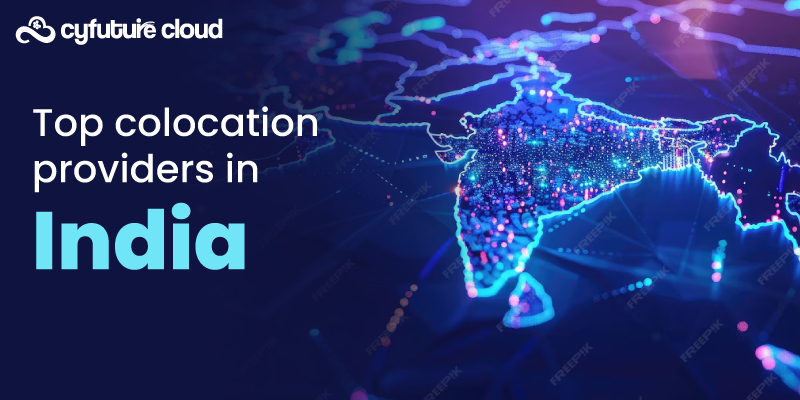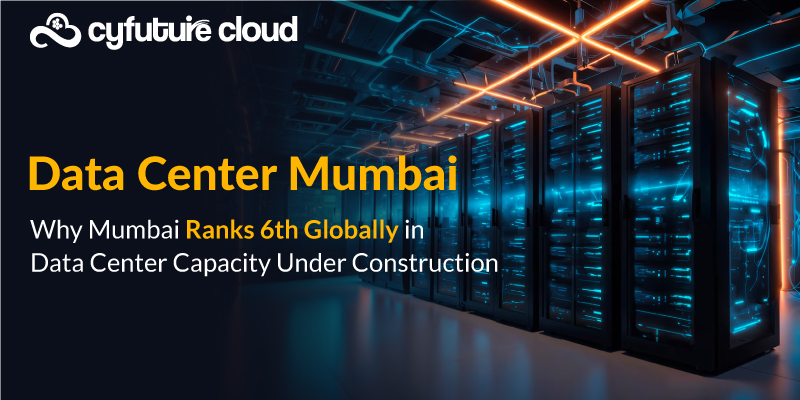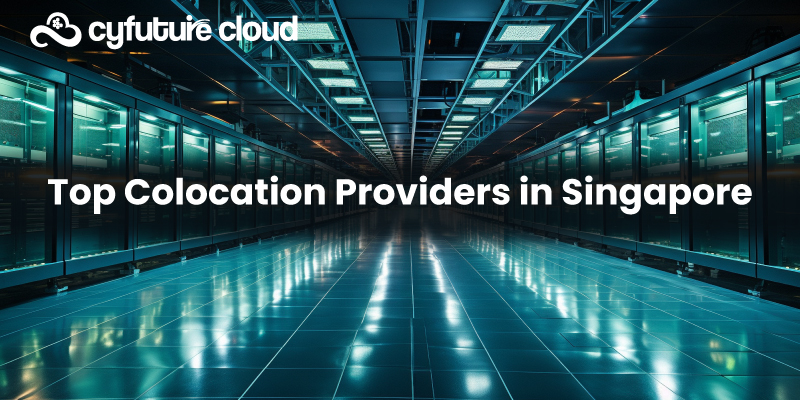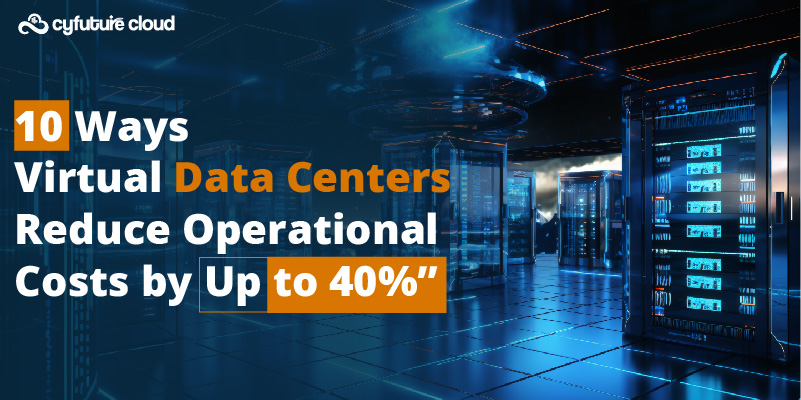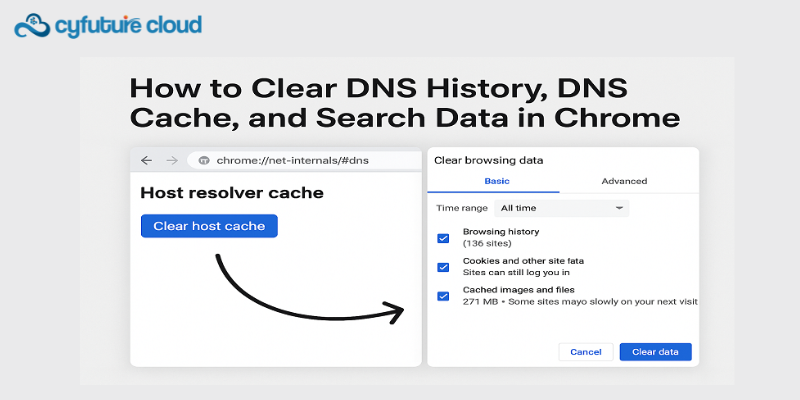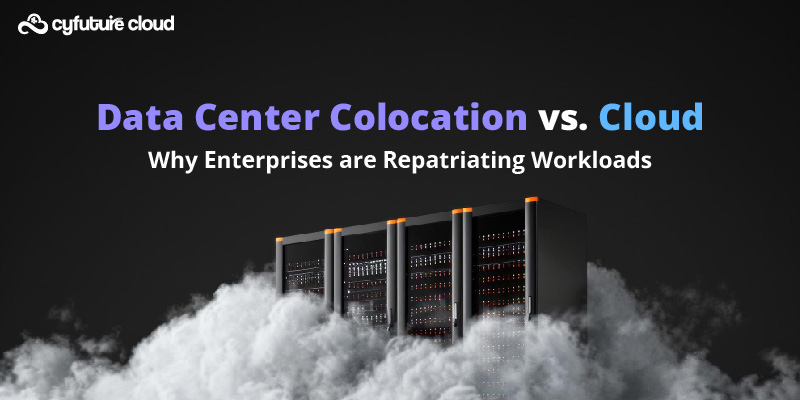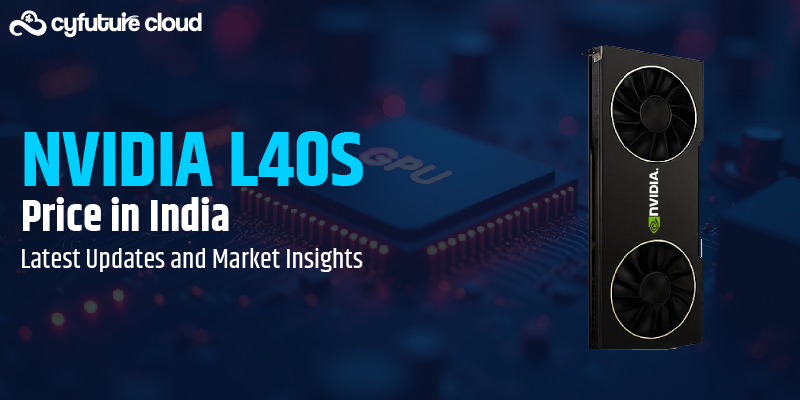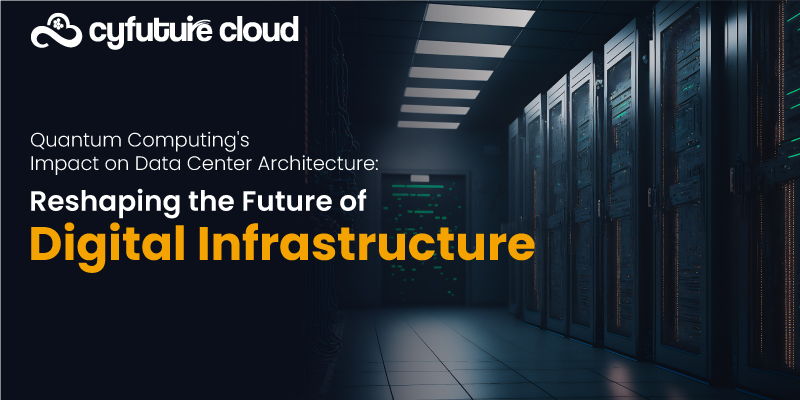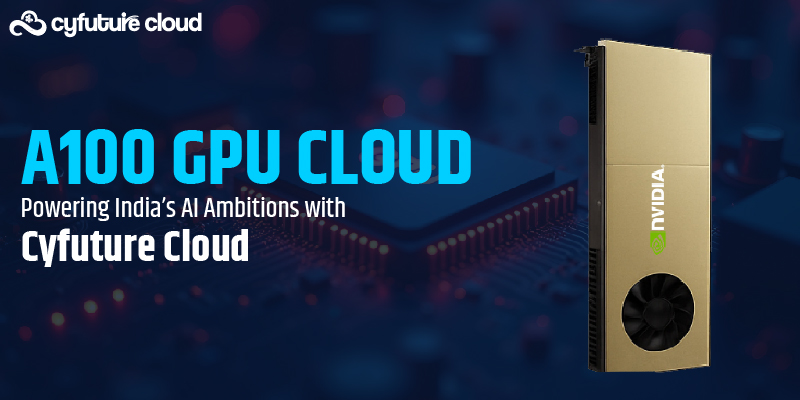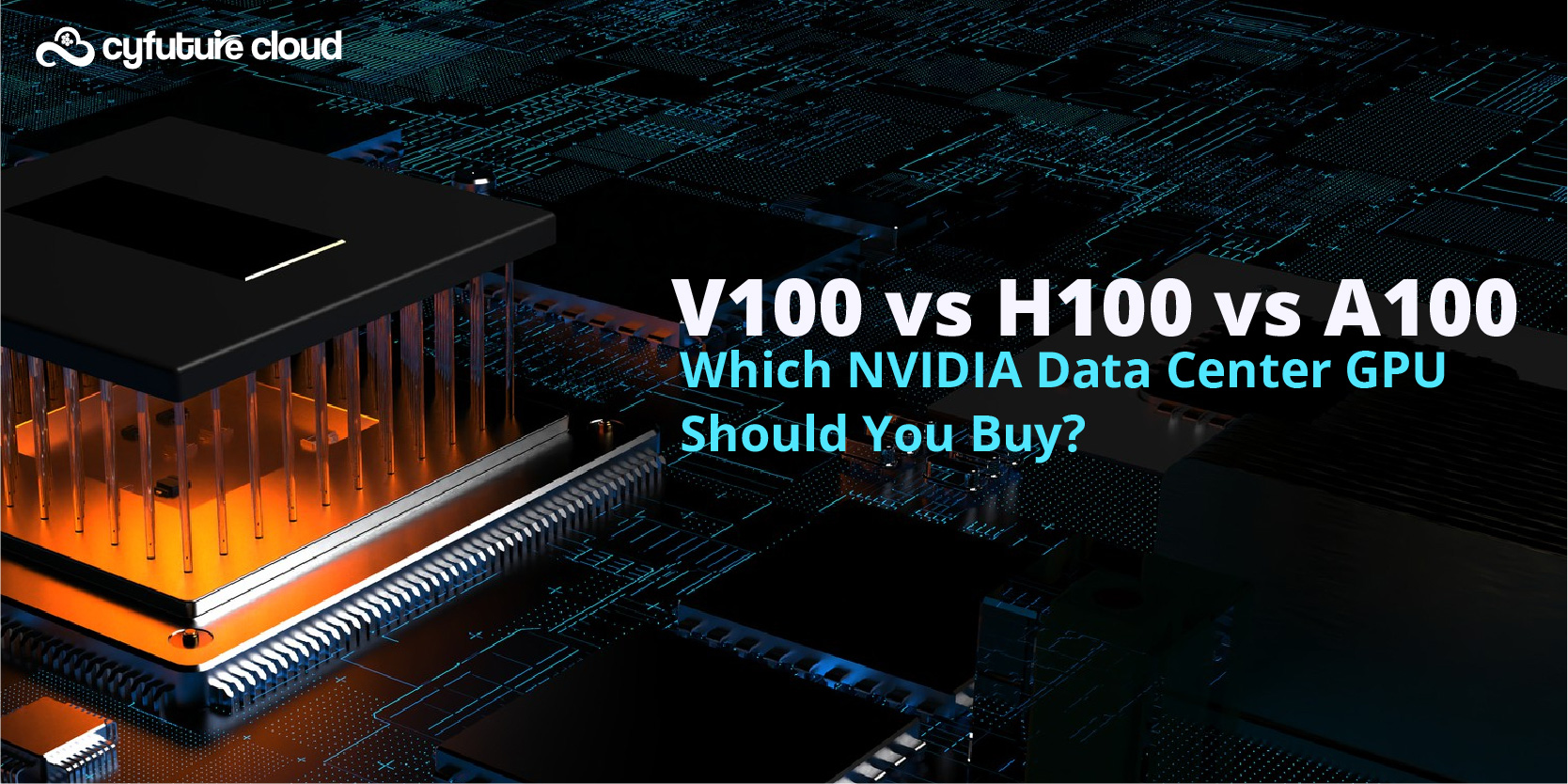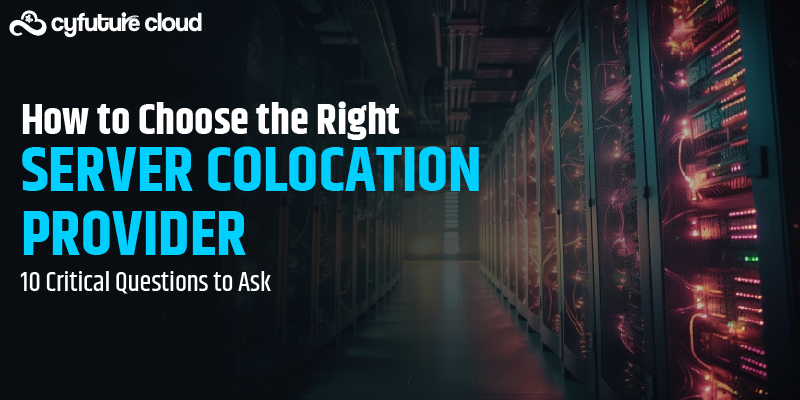Get 69% Off on Cloud Hosting : Claim Your Offer Now!
- Products
-
Compute
Compute
- Predefined TemplatesChoose from a library of predefined templates to deploy virtual machines!
- Custom TemplatesUse Cyfuture Cloud custom templates to create new VMs in a cloud computing environment
- Spot Machines/ Machines on Flex ModelAffordable compute instances suitable for batch jobs and fault-tolerant workloads.
- Shielded ComputingProtect enterprise workloads from threats like remote attacks, privilege escalation, and malicious insiders with Shielded Computing
- GPU CloudGet access to graphics processing units (GPUs) through a Cyfuture cloud infrastructure
- vAppsHost applications and services, or create a test or development environment with Cyfuture Cloud vApps, powered by VMware
- Serverless ComputingNo need to worry about provisioning or managing servers, switch to Serverless Computing with Cyfuture Cloud
- HPCHigh-Performance Computing
- BaremetalBare metal refers to a type of cloud computing service that provides access to dedicated physical servers, rather than virtualized servers.
-
Storage
Storage
- Standard StorageGet access to low-latency access to data and a high level of reliability with Cyfuture Cloud standard storage service
- Nearline StorageStore data at a lower cost without compromising on the level of availability with Nearline
- Coldline StorageStore infrequently used data at low cost with Cyfuture Cloud coldline storage
- Archival StorageStore data in a long-term, durable manner with Cyfuture Cloud archival storage service
-
Database
Database
- MS SQLStore and manage a wide range of applications with Cyfuture Cloud MS SQL
- MariaDBStore and manage data with the cloud with enhanced speed and reliability
- MongoDBNow, store and manage large amounts of data in the cloud with Cyfuture Cloud MongoDB
- Redis CacheStore and retrieve large amounts of data quickly with Cyfuture Cloud Redis Cache
-
Automation
Automation
-
Containers
Containers
- KubernetesNow deploy and manage your applications more efficiently and effectively with the Cyfuture Cloud Kubernetes service
- MicroservicesDesign a cloud application that is multilingual, easily scalable, easy to maintain and deploy, highly available, and minimizes failures using Cyfuture Cloud microservices
-
Operations
Operations
- Real-time Monitoring & Logging ServicesMonitor & track the performance of your applications with real-time monitoring & logging services offered by Cyfuture Cloud
- Infra-maintenance & OptimizationEnsure that your organization is functioning properly with Cyfuture Cloud
- Application Performance ServiceOptimize the performance of your applications over cloud with us
- Database Performance ServiceOptimize the performance of databases over the cloud with us
- Security Managed ServiceProtect your systems and data from security threats with us!
- Back-up As a ServiceStore and manage backups of data in the cloud with Cyfuture Cloud Backup as a Service
- Data Back-up & RestoreStore and manage backups of your data in the cloud with us
- Remote Back-upStore and manage backups in the cloud with remote backup service with Cyfuture Cloud
- Disaster RecoveryStore copies of your data and applications in the cloud and use them to recover in the event of a disaster with the disaster recovery service offered by us
-
Networking
Networking
- Load BalancerEnsure that applications deployed across cloud environments are available, secure, and responsive with an easy, modern approach to load balancing
- Virtual Data CenterNo need to build and maintain a physical data center. It’s time for the virtual data center
- Private LinkPrivate Link is a service offered by Cyfuture Cloud that enables businesses to securely connect their on-premises network to Cyfuture Cloud's network over a private network connection
- Private CircuitGain a high level of security and privacy with private circuits
- VPN GatewaySecurely connect your on-premises network to our network over the internet with VPN Gateway
- CDNGet high availability and performance by distributing the service spatially relative to end users with CDN
-
Media
-
Analytics
Analytics
-
Security
Security
-
Network Firewall
- DNATTranslate destination IP address when connecting from public IP address to a private IP address with DNAT
- SNATWith SNAT, allow traffic from a private network to go to the internet
- WAFProtect your applications from any malicious activity with Cyfuture Cloud WAF service
- DDoSSave your organization from DoSS attacks with Cyfuture Cloud
- IPS/ IDSMonitor and prevent your cloud-based network & infrastructure with IPS/ IDS service by Cyfuture Cloud
- Anti-Virus & Anti-MalwareProtect your cloud-based network & infrastructure with antivirus and antimalware services by Cyfuture Cloud
- Threat EmulationTest the effectiveness of cloud security system with Cyfuture Cloud threat emulation service
- SIEM & SOARMonitor and respond to security threats with SIEM & SOAR services offered by Cyfuture Cloud
- Multi-Factor AuthenticationNow provide an additional layer of security to prevent unauthorized users from accessing your cloud account, even when the password has been stolen!
- SSLSecure data transmission over web browsers with SSL service offered by Cyfuture Cloud
- Threat Detection/ Zero DayThreat detection and zero-day protection are security features that are offered by Cyfuture Cloud as a part of its security offerings
- Vulnerability AssesmentIdentify and analyze vulnerabilities and weaknesses with the Vulnerability Assessment service offered by Cyfuture Cloud
- Penetration TestingIdentify and analyze vulnerabilities and weaknesses with the Penetration Testing service offered by Cyfuture Cloud
- Cloud Key ManagementSecure storage, management, and use of cryptographic keys within a cloud environment with Cloud Key Management
- Cloud Security Posture Management serviceWith Cyfuture Cloud, you get continuous cloud security improvements and adaptations to reduce the chances of successful attacks
- Managed HSMProtect sensitive data and meet regulatory requirements for secure data storage and processing.
- Zero TrustEnsure complete security of network connections and devices over the cloud with Zero Trust Service
- IdentityManage and control access to their network resources and applications for your business with Identity service by Cyfuture Cloud
-
-
Compute
- Solutions
-
Solutions
Solutions
-
 Cloud
Hosting
Cloud
Hosting
-
 VPS
Hosting
VPS
Hosting
-
GPU Cloud
-
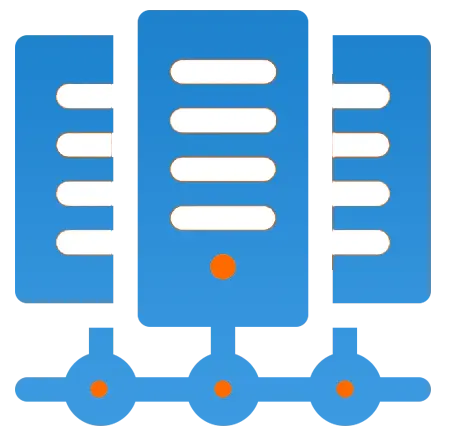 Dedicated
Server
Dedicated
Server
-
 Server
Colocation
Server
Colocation
-
 Backup as a Service
Backup as a Service
-
 CDN
Network
CDN
Network
-
 Window
Cloud Hosting
Window
Cloud Hosting
-
 Linux
Cloud Hosting
Linux
Cloud Hosting
-
Managed Cloud Service
-
Storage as a Service
-
 VMware
Public Cloud
VMware
Public Cloud
-
 Multi-Cloud
Hosting
Multi-Cloud
Hosting
-
 Cloud
Server Hosting
Cloud
Server Hosting
-
 Bare
Metal Server
Bare
Metal Server
-
 Virtual
Machine
Virtual
Machine
-
 Magento
Hosting
Magento
Hosting
-
Remote Backup
-
 DevOps
DevOps
-
 Kubernetes
Kubernetes
-
 Cloud
Storage
Cloud
Storage
-
NVMe Hosting
-
 DR
as s Service
DR
as s Service
-
-
Solutions
- Marketplace
- Pricing
- Resources
- Resources
-
By Product
Use Cases
-
By Industry
- Company
-
Company
Company
-
Company
Role of NVIDIA H100 in Smart Cities and IoT AI Applications
Table of Contents
How can smart cities become more efficient, connected, and intelligent?
It’s the first question that comes to mind when discussing the future of urban development and IoT integration.
Can AI-driven infrastructure make cities safer and more sustainable?
How can real-time data processing enhance public services and traffic management?
When I started exploring smart city technologies, I assumed that traditional cloud-based computing was enough to handle urban challenges.
But that’s not the case. The sheer volume of data generated by IoT sensors, surveillance cameras, and autonomous systems requires high-performance AI processing at scale.
From my experience, modern smart cities demand advanced computing power to analyze vast amounts of data in real-time. That’s where NVIDIA H100 comes in.
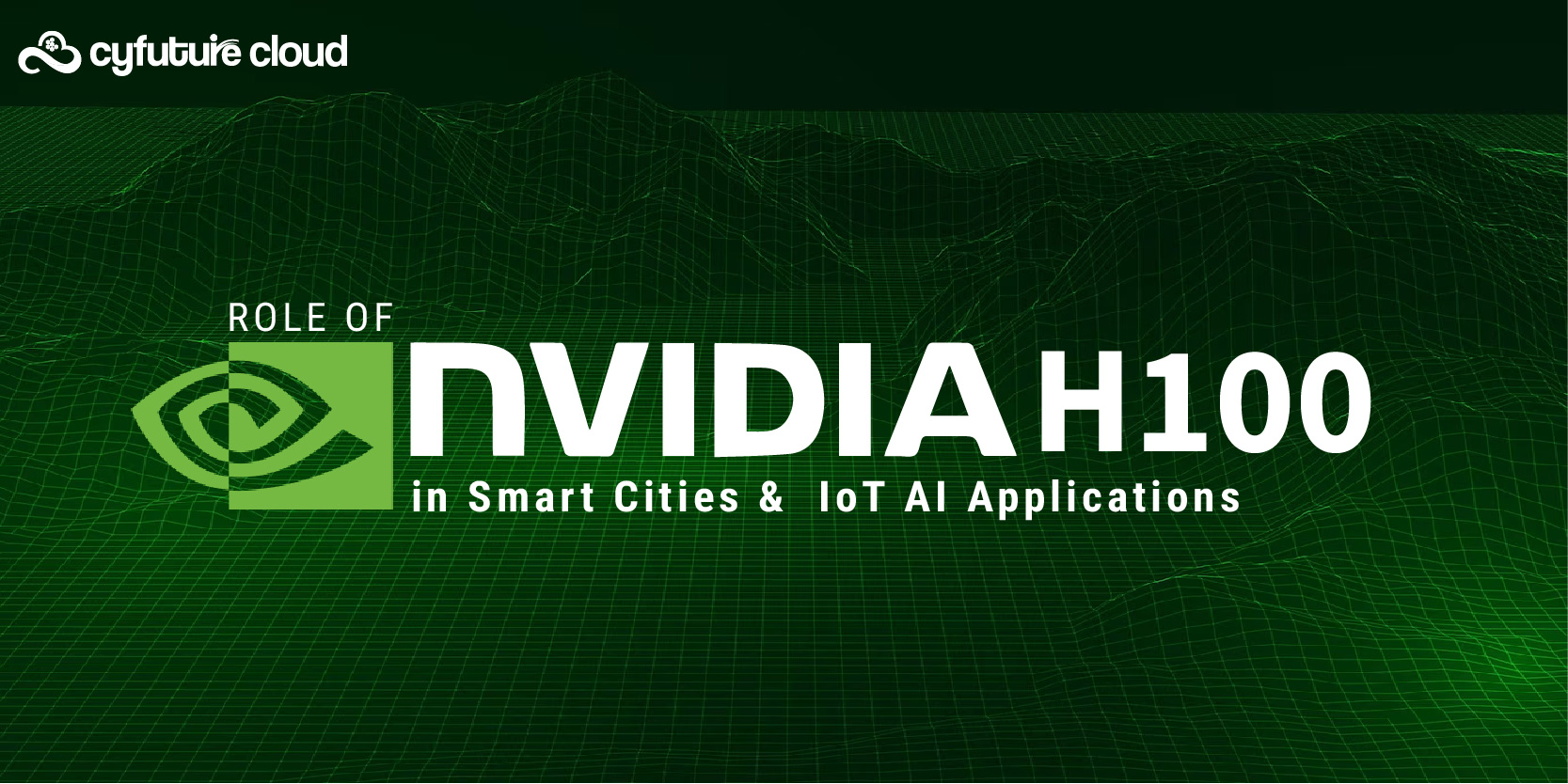
In this blog, you’ll learn how NVIDIA’s H100 GPU is shaping smart cities and IoT applications, transforming urban management, and accelerating AI-driven automation.
Let’s dive in.
How NVIDIA H100 Powers Smart Cities
Real-Time Data Processing and AI Acceleration
The backbone of smart cities is real-time data processing. Cities generate an immense amount of data every second, from traffic sensors, security cameras, air quality monitors, and more. The challenge? Processing this data instantly to make actionable decisions.
NVIDIA H100, built on the Hopper architecture, delivers:
- Massive AI acceleration for deep learning and real-time analytics.
- High-performance computing (HPC) for complex urban simulations.
- Lower latency processing, enabling smart city applications to react instantly.
Smart Traffic Management and Public Transportation
Traffic congestion is a growing concern in metropolitan areas. AI-driven traffic systems can optimize signals, reduce bottlenecks, and improve public transport efficiency.
With H100 GPUs, cities can:
- Process live video feeds from traffic cameras to detect congestion patterns.
- Analyze GPS data to optimize bus and metro routes dynamically.
- Predict traffic trends and automate signal adjustments for smoother flows.
AI-Powered Surveillance & Public Safety
Smart cities prioritize public safety. AI-driven surveillance systems analyze camera feeds, detect unusual behavior, and respond proactively. However, these systems demand massive computational power.
NVIDIA H100’s AI capabilities enable:
- Facial recognition and anomaly detection in real-time.
- Faster video analytics, reducing the time needed for security response.
- Automated emergency alerts, notifying authorities instantly when threats are detected.
Energy Efficiency & Smart Grids
Sustainable energy management is crucial for smart cities. NVIDIA H100 helps power smart grids, enabling AI-driven energy distribution.
With H100, cities can:
- Monitor electricity usage in real-time to reduce energy waste.
- Optimize renewable energy sources like solar and wind.
- Automate grid balancing, preventing power outages and surges.
NVIDIA H100 in IoT AI Applications
Edge AI and IoT Integration
Smart cities rely on edge AI, where data is processed closer to the source instead of sending everything to the cloud. NVIDIA H100 makes this possible by enabling powerful AI cloud models to run efficiently at the edge.
With H100 GPUs, IoT devices can:
- Reduce data transfer costs by processing information locally.
- Achieve real-time AI inference, essential for autonomous systems.
- Enhance cyber security, reducing risks associated with cloud vulnerabilities.
AI in Waste Management
Efficient waste disposal is a key factor in sustainable urban living. NVIDIA H100 enables AI-driven waste management systems by:
- Identifying waste collection patterns through image recognition.
- Automating garbage truck routing based on real-time demand.
- Reducing environmental impact with optimized recycling processes.
Healthcare and Emergency Response Systems
A smart city is incomplete without an efficient healthcare infrastructure. AI-powered emergency response systems rely on rapid data processing.
With H100, healthcare IoT devices can:
- Predict disease outbreaks by analyzing health data trends.
- Enable faster diagnosis using AI-driven medical imaging.
- Optimize ambulance routing based on real-time traffic analysis.
AI-Driven Environmental Monitoring
Air and water quality monitoring is crucial for urban sustainability. NVIDIA H100 assists environmental agencies by:
- Processing large datasets from IoT air sensors to detect pollution levels.
- Forecasting climate patterns using AI-driven analytics.
- Automating disaster response mechanisms in case of natural calamities.
Conclusion: The Future of Smart Cities with NVIDIA H100
The rise of smart cities and IoT requires a powerful, scalable, and efficient AI computing solution. NVIDIA H100 is not just an upgrade—it is a game-changer in AI-driven urban management. From traffic optimization and energy efficiency to public safety and environmental monitoring, the H100 GPU is transforming cities into intelligent ecosystems.
However, to truly leverage the potential of NVIDIA H100, businesses and government agencies need a reliable cloud infrastructure that supports high-performance computing and AI deployment at scale.
That’s where Cyfuture Cloud comes in.
At Cyfuture Cloud, we offer cutting-edge AI infrastructure powered by NVIDIA GPUs, enabling businesses and smart city developers to:
- Deploy AI models faster with optimized GPU instances.
- Reduce latency with edge AI computing.
- Scale effortlessly with enterprise-grade cloud solutions.
Want to supercharge your smart city initiatives? Get in touch with Cyfuture Cloud today and experience the next level of AI-powered urban innovation!
Recent Post

Stay Ahead of the Curve.
Join the Cloud Movement, today!
© Cyfuture, All rights reserved.
Send this to a friend

 Pricing
Calculator
Pricing
Calculator
 Power
Power
 Utilities
Utilities VMware
Private Cloud
VMware
Private Cloud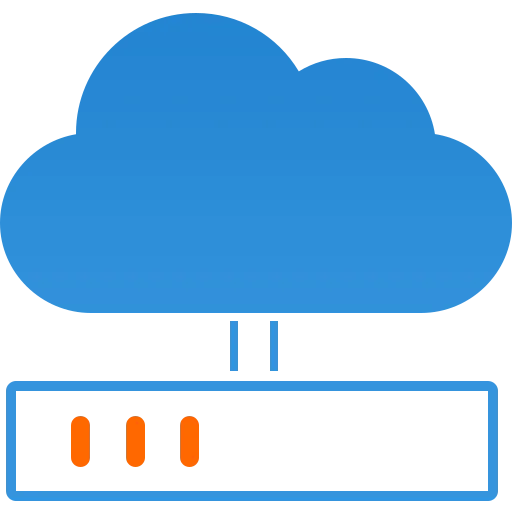 VMware
on AWS
VMware
on AWS VMware
on Azure
VMware
on Azure Service
Level Agreement
Service
Level Agreement 
